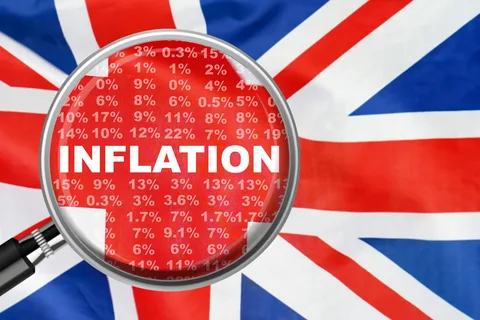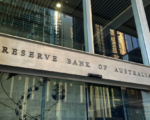UK Inflation Falls Sharply to 1.7%, Below Bank of England’s Target for First Time in Over Three Years

Inflation in the United Kingdom dropped sharply to 1.7% in September, marking the first time since April 2021 that inflation has fallen below the Bank of England’s (BOE) 2% target. The Office for National Statistics (ONS) announced the drop on Wednesday, surprising markets as economists had expected a higher inflation rate of 1.9% for the month. The fall from 2.2% in August to 1.7% in September has now intensified speculation about a potential rate cut by the BOE in November.
Core and Services Inflation Drop
Core inflation, which excludes volatile components like energy, food, alcohol, and tobacco, also fell from 3.6% in August to 3.2% in September, lower than the 3.4% forecast. Meanwhile, inflation in the services sector, a key driver of the UK economy, eased to 4.9% from 5.6%, its lowest rate since May 2022.
These declines in core and services inflation are crucial for the BOE as it assesses whether to adjust interest rates further. A reduction in services inflation, in particular, suggests that underlying price pressures are starting to ease, providing the BOE with more flexibility.
Rate Cuts Anticipated
Following the publication of these inflation figures, market expectations for a 25-basis-point rate cut in November surged to 92%, up from 80%. Analysts are also pricing in a likely follow-up rate cut in December. If the BOE proceeds with these reductions, the key interest rate could fall to 4.5% by the end of the year. The central bank, which had already begun cutting rates in August, held steady in September but now appears more likely to continue easing its restrictive policy.
The BOE’s decisions may also be influenced by a fall in wage growth reported earlier in the week by the ONS. Lower wage growth could further support the case for loosening monetary policy, as inflationary pressures linked to labor costs decline.
Market Reactions and Future Outlook
The release of the lower-than-expected inflation data caused a drop in the British pound, with sterling falling 0.6% against the U.S. dollar to $1.299, dipping below the $1.3 mark for the first time since September 11. The British currency also dropped 0.5% against the euro.
Additionally, yields on British government bonds, or gilts, fell across the board. The two-year gilt yield declined by 9 basis points, while the 10-year gilt yield dropped by 7 basis points.
Although inflation has eased from a peak of 11.1% in October 2022, some economists remain cautious about the longer-term outlook. Suren Thiru, economics director at the Institute of Chartered Accountants in England and Wales, noted that while the latest figures are reassuring, inflation could rebound in October due to an increase in the energy price cap. Thiru also emphasized that the BOE might wait for the UK Labour government’s budget at the end of October to assess any potential inflationary impacts before committing to further rate cuts.
Similarly, Paul Dales, Chief UK Economist at Capital Economics, warned that part of the weakness in core and services inflation was due to a significant drop in airfares. Dales predicted that the BOE may proceed with gradual 25-basis-point rate cuts at every other meeting but expects rates to eventually fall to 3.00%, below the 3.50-3.75% currently priced into markets.
Risk from the Upcoming Budget
The upcoming UK budget on October 30 presents another potential risk for the BOE’s decision-making. Sanjay Raja, Chief UK Economist at Deutsche Bank, suggested that while the inflation figures will be welcomed by the BOE, the government’s fiscal policies may still pose challenges. Raja expects the budget to be expansionary, which could add inflationary pressure despite ongoing fiscal consolidation.
As the BOE weighs its options, the central bank is expected to carefully monitor both the impact of the government’s policies and the global economic environment before determining the pace and scale of its rate-cutting cycle.





















